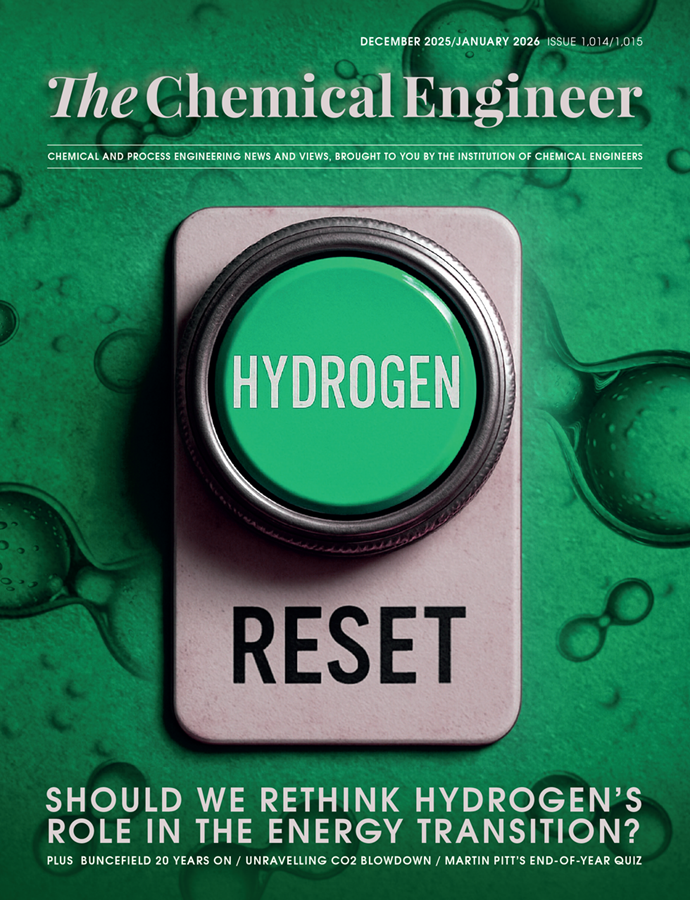MIT researchers develop microscopic implants to treat brain inflammation

MIT RESEARCHERS have developed a hybrid technology to treat a range of neurological and brain-related diseases including stroke and Alzheimer's without the need for invasive surgery.
After more than six years of research, the team, led by associate professor Deblina Sarkar, has developed a technology it calls “circulartronics”, sub-celluar electronic devices fused with biological cells that can travel through the body’s vascular system.
Using the photovoltaic principle of wireless power through optical fields, the circulartronics can travel to targeted areas deep inside the brain.
“This is a platform technology and may be employed to treat multiple brain diseases and mental illnesses,” said Sarkar.
Fixing pain points
The team set out to develop a free-floating electronic implant that could travel through the bloodstream without being attacked by the immune system. To achieve this, they designed circulartronics at a sub-cellular scale – around one-billionth the length of a grain of rice. Each device is built from organic semiconducting polymer layers sandwiched between metallic layers, forming an electronic heterostructure.
These electronic components are then fused with monocytes – immune cells that naturally home in on inflammation – allowing the hybrid devices to navigate the bloodstream and pass through the blood-brain barrier without surgical intervention.
“The living cells camouflage the electronics so that they aren’t attacked by the body’s immune system and they can travel seamlessly through the bloodstream. This also enables them to squeeze through the intact blood-brain barrier without the need to invasively open it.”
In trials on mice, Sarkar’s team demonstrated that the circulartronics could self-implant in targeted brain regions, where clinicians could use an external transmitter to deliver electromagnetic waves that power the devices and stimulate neurons. The tiny size of the circulartronics allows them to coexist with neurons without disrupting normal brain function.
Easing inflammation
Because brain inflammation underlies a range of conditions – from Alzheimer’s and multiple sclerosis to schizophrenia – the researchers believe the technology could have wide-reaching applications. They also see potential for treating glioblastoma, an aggressive brain cancer that produces tumours too small to detect with imaging techniques.
Sarkar says the team is now exploring applications beyond the brain, with plans to begin clinical trials within three years through the launch of their spinout company, Cahira Technologies.
Recent Editions
Catch up on the latest news, views and jobs from The Chemical Engineer. Below are the four latest issues. View a wider selection of the archive from within the Magazine section of this site.




